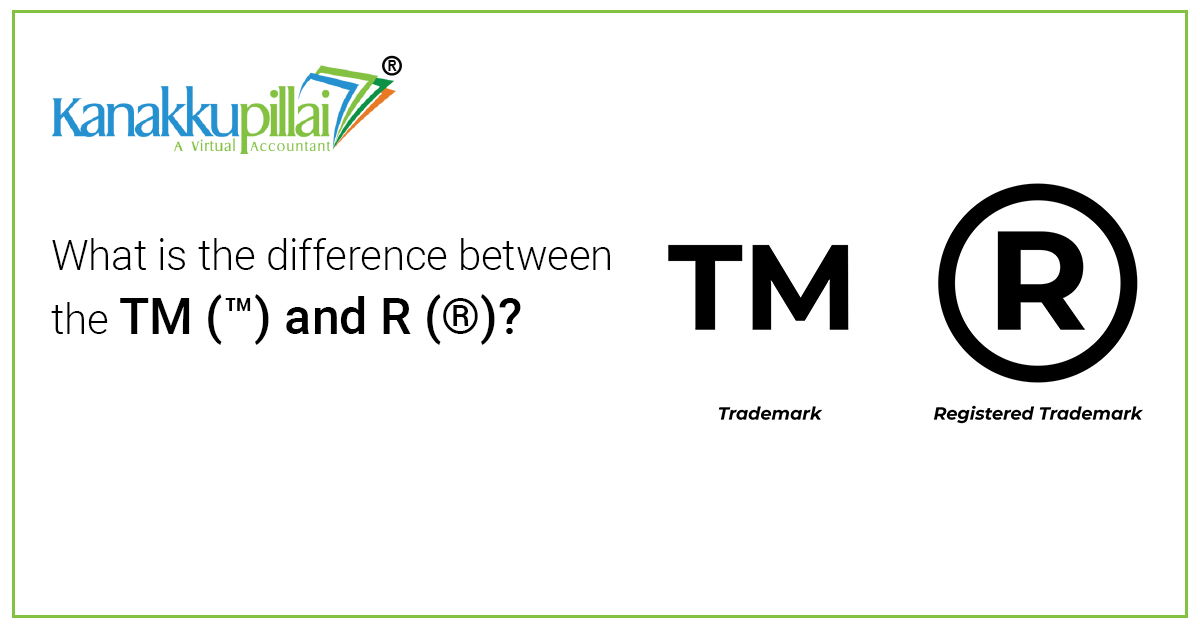In the world of intellectual property and branding, the security of your company’s valuable assets might depend heavily on the use of a trademark. Any business or company owner trying to build and protect their brand must first understand the differences between the TM (TM) and R (®) symbols.
What is TM (™)?
Although the mark has not yet been registered with the appropriate trademark body, the TM (TM) sign is used to show that a trademark claim has been made. The owner is claiming their rights in the mark by utilizing the TM sign, therefore warning others that they are asserting trademark ownership. This is a crucial step of the copyright protection process as it explains the owner’s priority rights and could stop possible infringers.
Using the TM sign may be done as soon as a company starts using the mark in trade; official registration or permission is not required. Still, the legal protection of an unauthorized trademark with the TM sign is generally more limited than that of a registered brand.
What is R (®)?
Conversely, the R (®) sign denotes if the trademark has been formally registered with the relevant trademark agency, like the European Union Intellectual Property Agency (EUIPO) or the United States Patent and Trademark Office (USPTO). This registration procedure includes a careful review of the mark to guarantee its originality and conformity with many regulatory criteria.
The R sign is only used if the trademark has been officially registered and is very controlled. Registered trademarks bearing the R sign have better legal protection and enforcement privileges, as well as a clearly defined lifetime of rights that may be renewed endlessly.
Key Differences Between TM (™) and R (®)
The major differences between the TM and R marks rest in the registration status, legal protection, regional reach, and length of rights.
- Registration Status: The TM symbol indicates an unregistered trademark, while the R symbol suggests a recognized brand.
- Legal Protection and Enforcement: Registered companies with the R sign receive better legal protection and improved enforcement rights, making it easier to take action against infringers. Unregistered names with the TM sign have more limited legal protection.
- Geographical Scope: Registered trademarks with the R symbol usually have nationwide or regional rights, while unregistered trademarks with the TM symbol have more limited geographic rights.
- Duration of Rights: Registered trademarks with the R sign have a repeated term, giving long-term protection for the company. Unregistered trademarks with the TM sign have a less clear term of rights.
When to Use TM (™) and When to Use R (®)
As a general rule, companies should use the TM sign for any dormant names they are using in trade. This helps to show their rights and stop possible abuse. Once the brand has been properly filed, the business can then begin using the R symbol to show the greater legal rights.
Benefits of Registering a Trademark
Businesses stand to gain much by registering a trademark with the relevant trademark office:
- Registered trademarks provide better legal protection and enforcement powers, therefore facilitating the action against infringers.
- Often encompassing a whole nation or area, registered trademarks have established territorial rights, therefore offering more general brand protection.
- The R sign is a strong visual indication that may improve the perceived worth and legitimacy of a brand, therefore boosting customer awareness and trust.
Conclusion
In conclusion, understanding the difference between the TM and R marks is important for companies looking to protect their valuable names. By using the proper symbol and filing their logos, businesses can enjoy the benefits of better legal protection, wider global rights, and increased brand value and recognition.
Related Services





